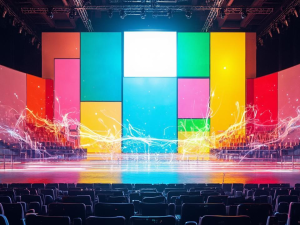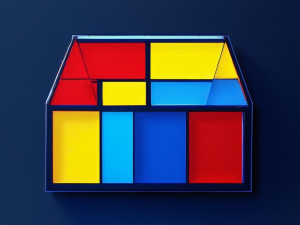让迷你世界跳个舞吧英文

How to Make Mini World Dance: A Step-by-Step Guide for Beginners
You know that feeling when you're building in Mini World and suddenly think - "Man, I wish these blocky little dudes could bust a move?" Yeah, me too. After spending way too many late nights experimenting (and drinking questionable amounts of energy drinks), here's everything I've learned about making your creations dance.
Why Bother Making Mini World Dance?
At 3 AM last Tuesday, my roommate walked in on me trying to make a chicken model do the moonwalk. His exact words: "Dude, you need help." But here's the thing - animated builds create unforgettable moments:
- Makes your adventure maps feel alive
- Surprise your friends with moving sculptures
- Perfect for music video recreations (my failed attempt at "Thriller" still haunts me)
The Tools You'll Need
| Item | Where to Find | Pro Tip |
| Mechanical Blocks | Creative inventory | Stock up before starting - nothing worse than running out mid-build |
| Electric Nodes | Redstone section | Label them unless you enjoy spaghetti wiring |
| Music Discs | Dungeon chests | Disco Pete works better than you'd expect |
Setting Up Your First Dance Floor
Let's start simple - a rotating platform. I learned the hard way that complex choreography can wait (RIP my attempt at synchronised swimming with wool blocks).
- Place 4 mechanical blocks in a square
- Connect them with electric nodes in this pattern: up-down-left-right
- Add a switch on the third node (trust me, the placement matters)
- Cover the ugly wiring with your favorite floor blocks
When you flip the switch, the platform should rotate clockwise. If it doesn't, check your node connections - I've wasted hours missing one lousy connection.
Advanced Moves: Creating Actual Dance Animations
Here's where things get interesting. To make characters dance, you'll need to combine several techniques:
- Arm Movement: Use pistons connected to delay circuits
- Head Bobbing: Stack mechanical blocks vertically with alternating currents
- Footwork: This requires precise timing - start with simple side steps
My breakthrough came when I realized I could use music discs as timing devices. The track "Block Boogie" (yes, that's really its name) has a perfect 120 BPM for beginner routines.
The Secret Sauce: Timing Your Animations
After burning through three notebooks of failed attempts, here's what actually works:
| Dance Move | Recommended Delay | Works Best With |
| Arm wave | 0.5 sec between pistons | Slow jams |
| Head spin | 0.25 sec rotation | Upbeat tracks |
| Full body twist | 1 sec per quarter turn | Funky basslines |
Common Mistakes (And How to Avoid Them)
Don't make the same errors I did - unless you enjoy rebuilding everything at 4 AM:
- Overcomplicating early attempts: Start with two moves max
- Ignoring block limits: Too many mechanical parts cause lag
- Forgetting hitboxes: Dancing chickens shouldn't phase through walls
The night I accidentally made a zombie breakdance instead of my intended character taught me more about collision detection than any tutorial could.
Bringing It All Together: My First Successful Dance
After weeks of trial and error, here's the sequence that finally worked:
- Built a simple humanoid figure (stick arms and legs, cube head)
- Set up alternating current for the arm wave
- Added a delayed hip rotation mechanism
- Synced it to the chorus of "Pixel Party"
When I hit play and saw those blocky arms start moving in time with the music, I may have woken up my neighbors cheering. Was it perfect? Heck no. The left arm occasionally glitched through the torso, and the timing drifted after 30 seconds. But in that moment, my creation was alive - and that's what makes all the frustration worth it.
The coffee machine beeps - looks like I've got just enough caffeine left to try adding some footwork to the routine. Maybe this time I'll actually get some sleep before sunrise...









网友留言(0)